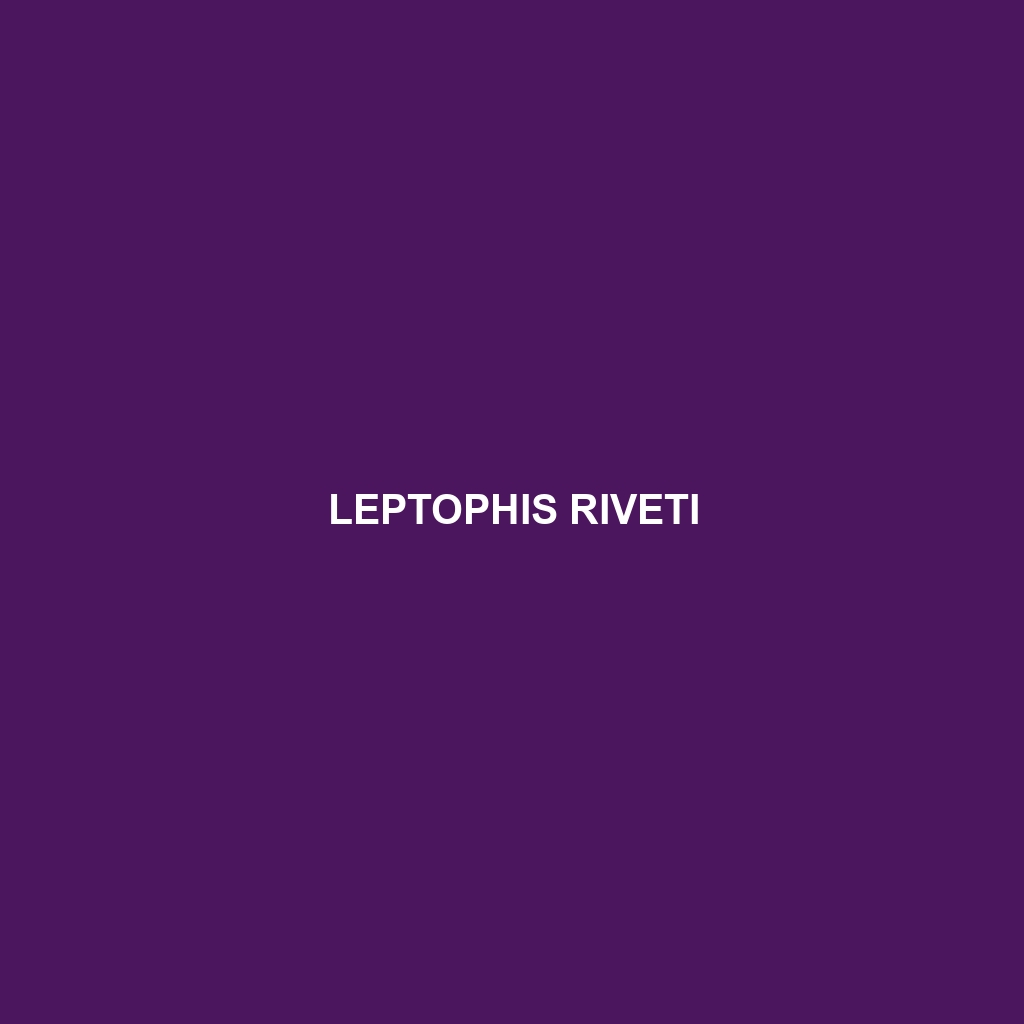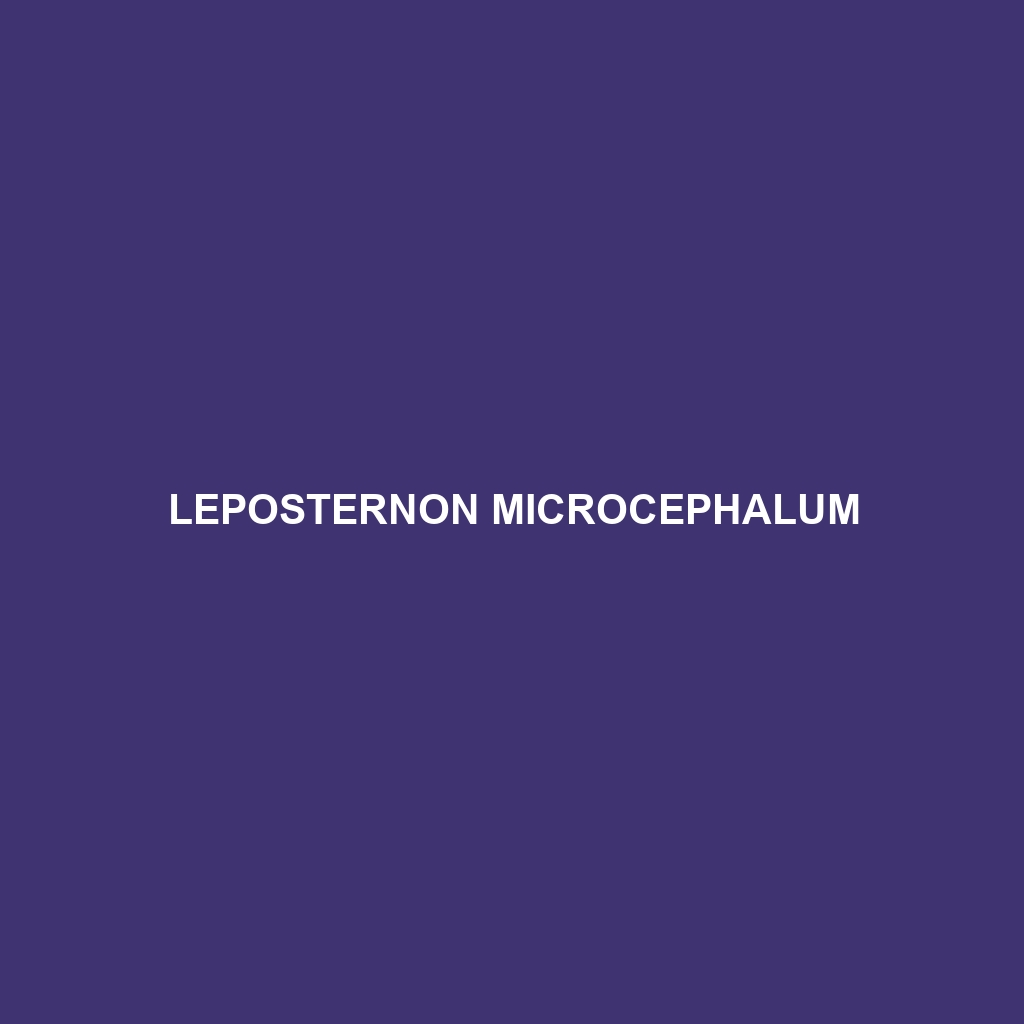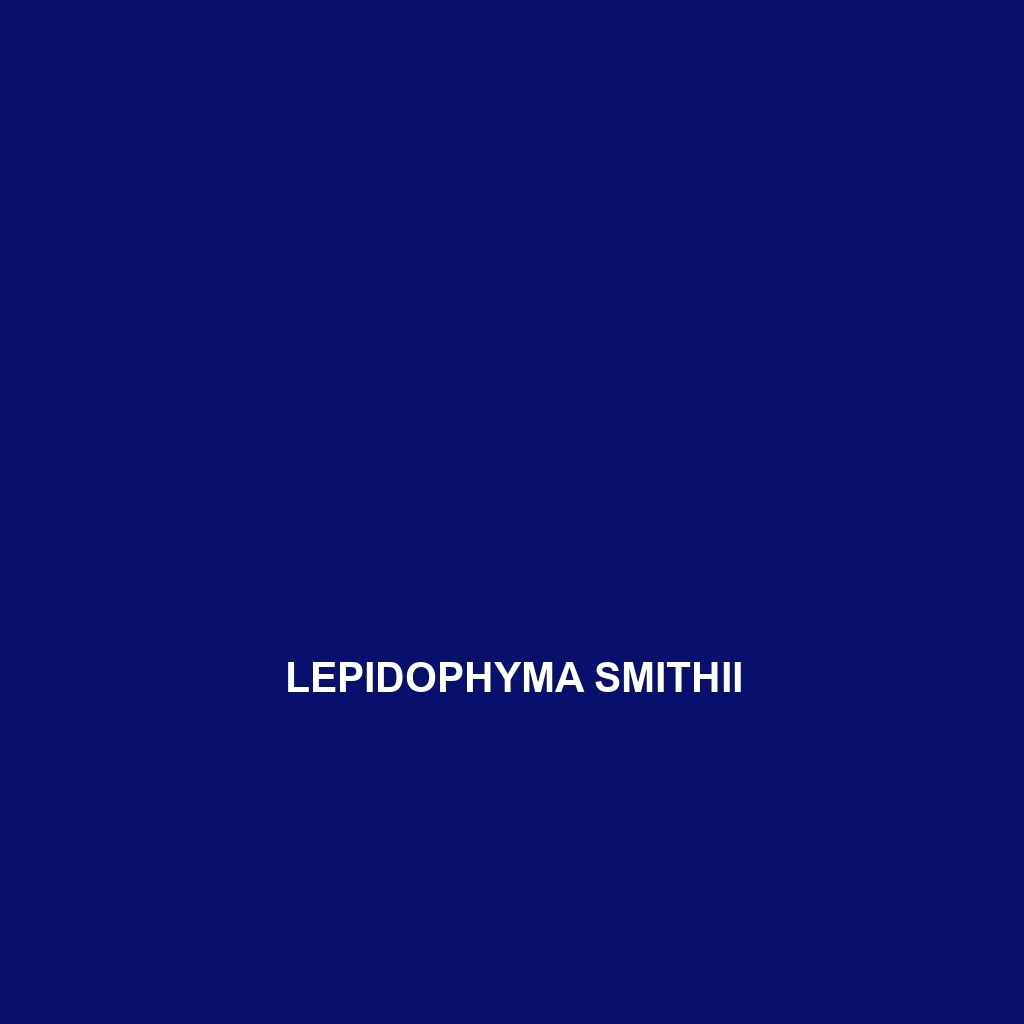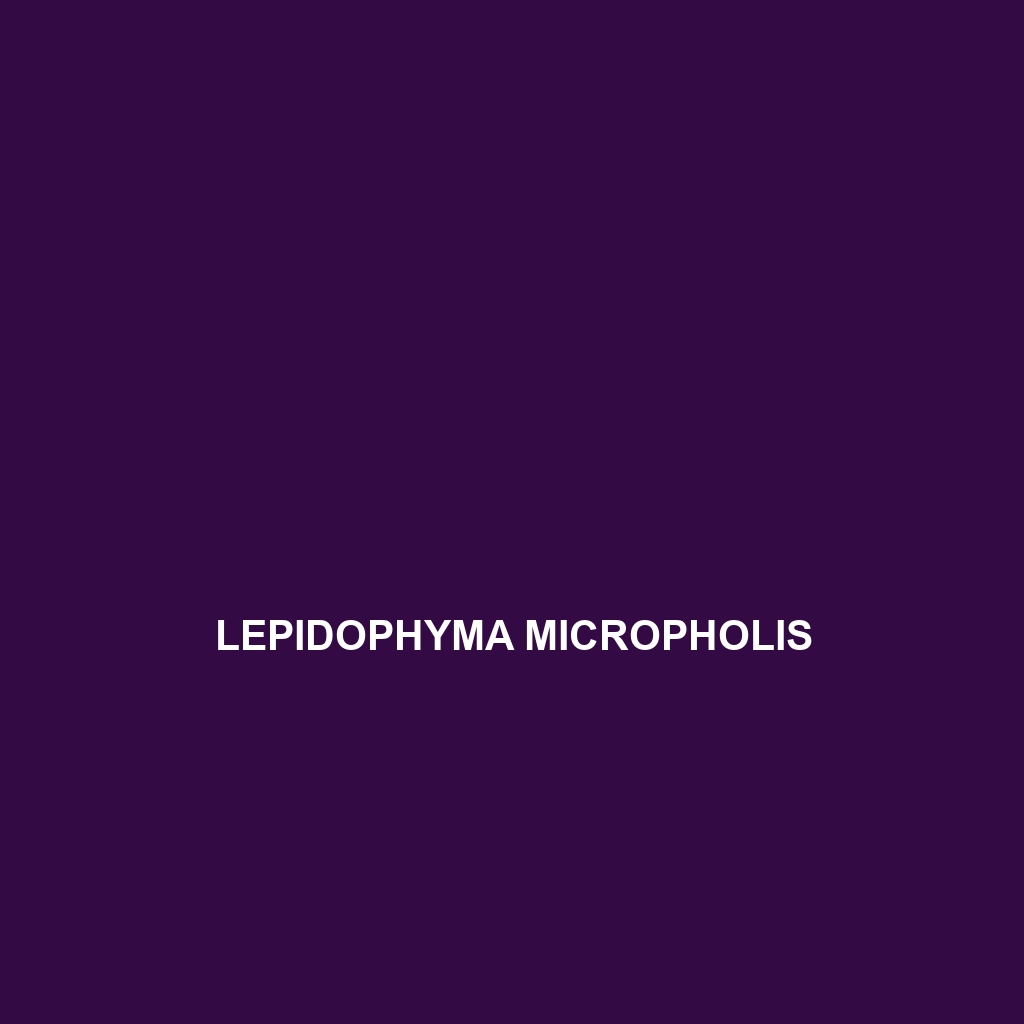Introducing the Lerista axillaris, or axillary skink, a fascinating insectivore native to Australia's arid and semi-arid regions, characterized by its streamlined body, distinctive brownish or gray coloration with stripes, and remarkable burrowing capabilities. This resilient species plays a crucial role in its ecosystem by regulating insect populations and promoting soil health through its burrowing activities.
Tag: reptile habitat
Lerista allochira
The Lerista allochira, or Allochira skink, is a resilient insectivorous species native to Australia's arid environments, known for its distinctive light brown to grey coloration that aids in camouflage and its ability to thrive in sandy substrates. This diurnal skink plays a crucial ecological role by controlling insect populations and contributing to the health of its ecosystem.
Lerista allanae
<p>Discover the fascinating <b>Lerista allanae</b>, a medium-sized skink native to southeastern Australia, known for its slender body, smooth scales, and diurnal foraging habits. This insectivorous species plays a vital role in maintaining ecosystem balance while thriving in sandy, dry habitats.</p>
Leptophis riveti
The Leptophis riveti, also known as Rivet's Green Snake, is a striking arboreal species native to the tropical rainforests of Central and South America, featuring a distinctive green and yellow coloration and measuring between 1.2 to 2.5 meters in length. This nocturnal predator plays a vital ecological role by controlling populations of small reptiles and amphibians, all while exhibiting unique behaviors such as coiling around branches for camouflage.
Leptodeira bakeri
Discover the intriguing Leptodeira bakeri, commonly known as Baker's snail-eating snake, a slender, nocturnal reptile thriving in Central America’s humid rainforests and savannas. This specialized carnivore primarily feeds on land snails and plays a crucial role in maintaining ecosystem balance by controlling snail populations.
Leposternon microcephalum
Experience the unique characteristics of the Leposternon microcephalum, or little-headed skink, featuring a streamlined body that measures 10 to 15 centimeters in length, and a secretive, diurnal lifestyle thriving in humid habitats. This adaptable insectivore plays a vital role in its ecosystem by controlling insect populations and promoting soil health through its burrowing behavior.
Lepidophyma sylvaticum
Discover the remarkable Lepidophyma sylvaticum, commonly known as the Mexican black beaded lizard, a nocturnal insectivore found in the humid temperate forests of Central America. With its striking dark beaded scales and vital role in maintaining ecological balance, this vulnerable species is a fascinating addition to any reptile enthusiast's collection.
Lepidophyma smithii
The Lepidophyma smithii, or Smith's pink-toed snake, is a small, nocturnal insectivore found in Central America's rainforests and savannas, known for its stunning brown and green coloration and remarkable adaptations for survival. This unique snake plays a vital role in controlling insect populations and contributes to the ecological balance of its habitat.
Lepidophyma micropholis
Discover the <b>Lepidophyma micropholis</b>, or Mexican pygmy skink, a nocturnal insectivorous reptile found in the tropical rainforests of southern Mexico and Central America. With its unique serpentine appearance, small limbs, and burrowing behavior, this species plays a crucial role in regulating insect populations and maintaining ecological balance.
Lepidodactylus lugubris
Discover the mourning gecko (Lepidodactylus lugubris), a resilient and adaptable reptile found in tropical regions, known for its unique ability to reproduce parthenogenetically and exceptional camouflage. This nocturnal insectivore thrives in various habitats, playing a crucial role in controlling insect populations and supporting biodiversity.









